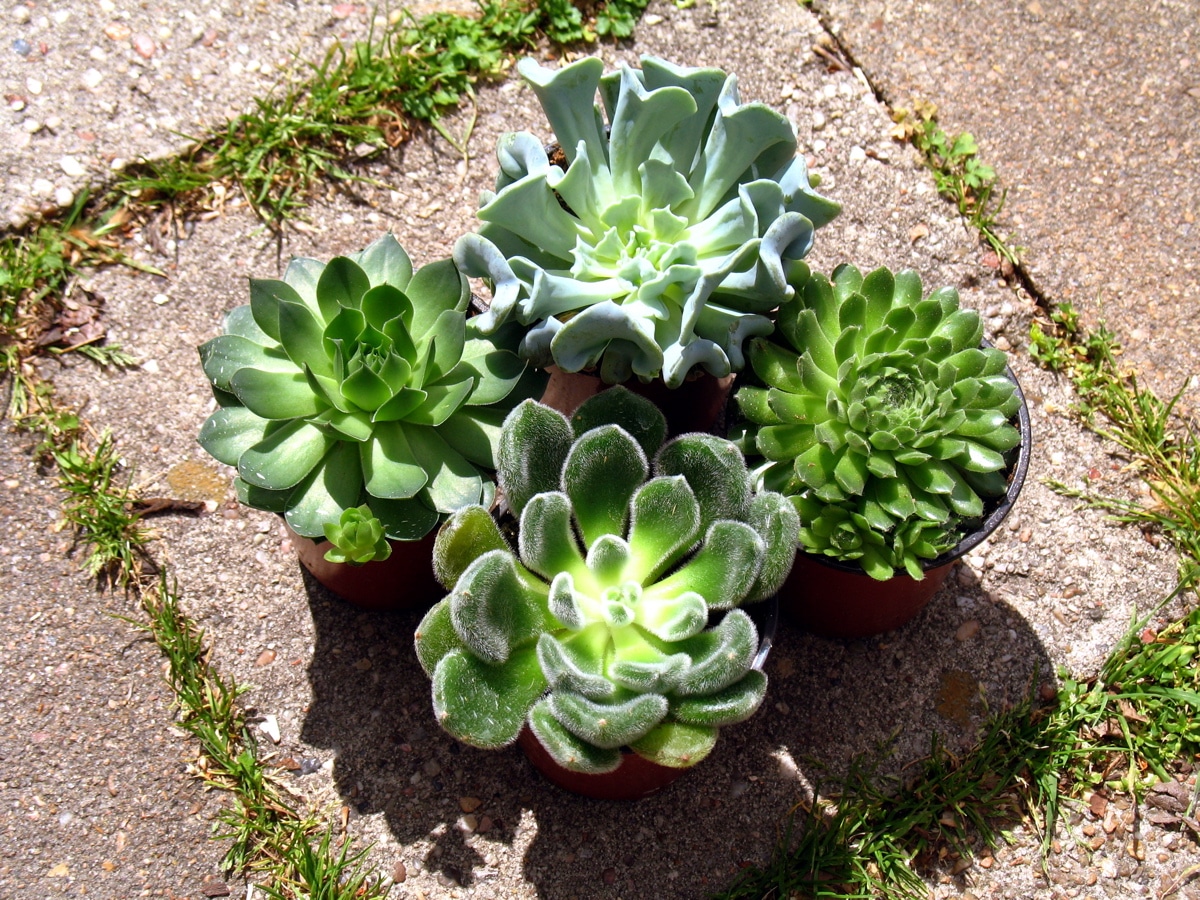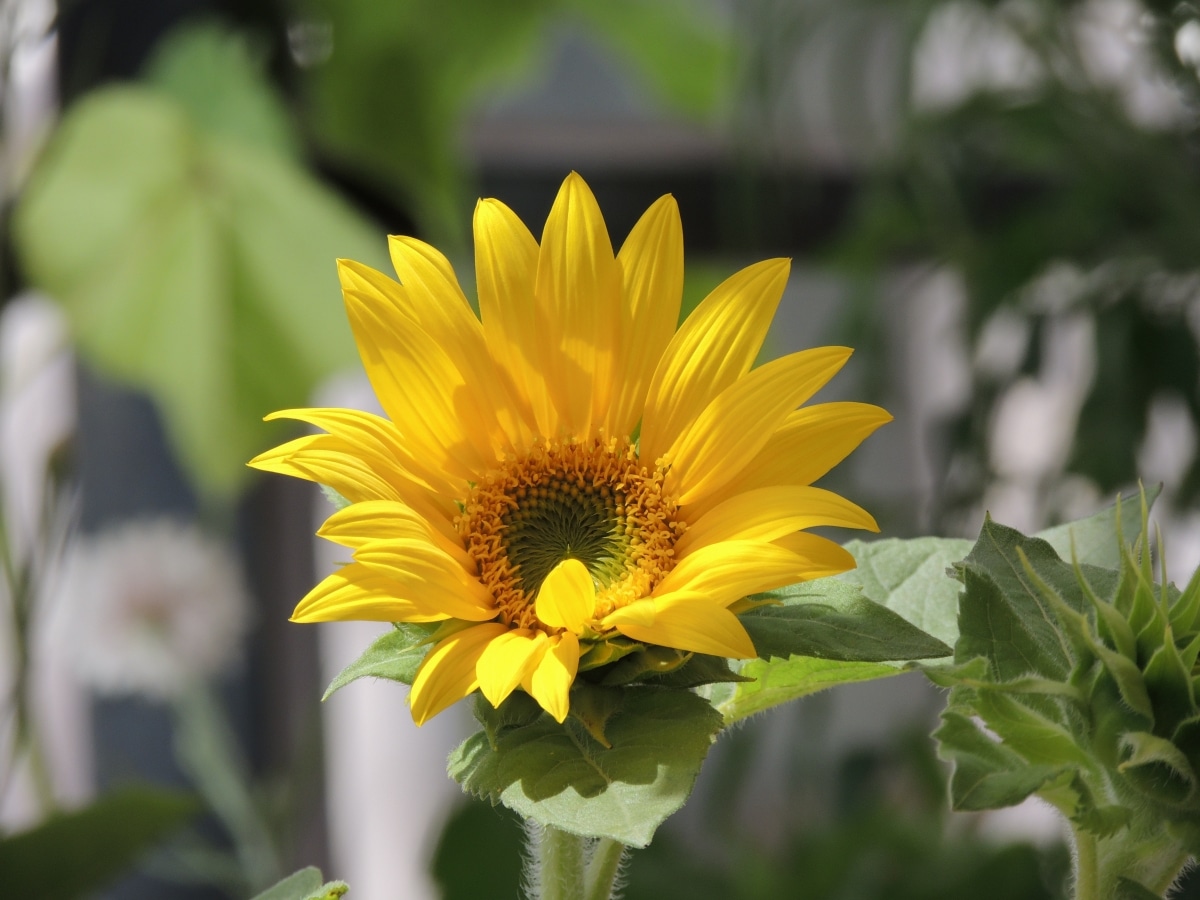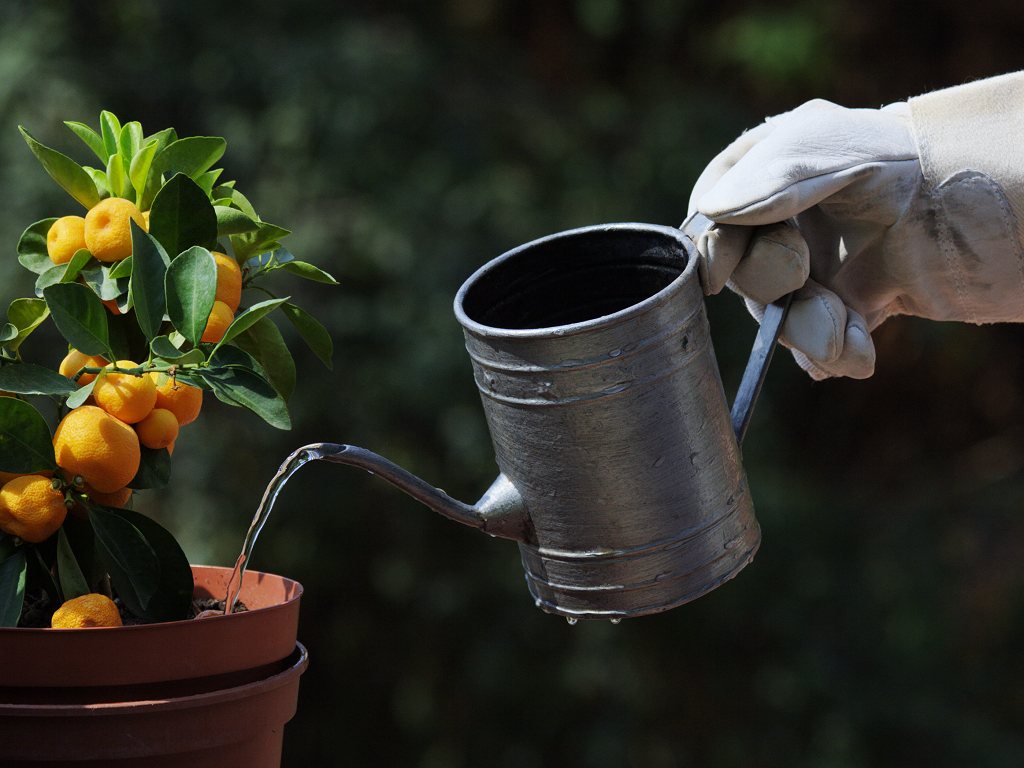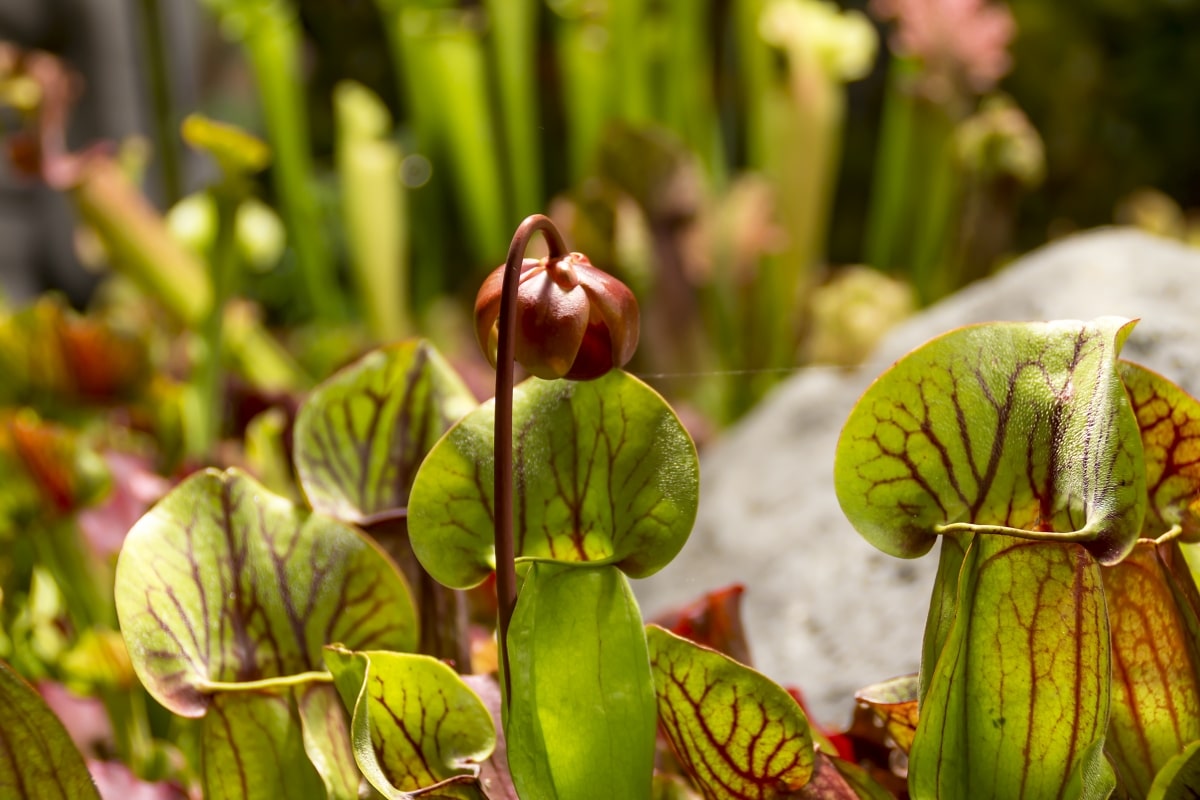
Image - Flickr / PINKE
Plants that are in the sun must be watered more frequently than those in shade, and more if they are in pots. Especially in summer, the rays of the king star reach us more directly, so the earth dries faster and faster. In extreme cases, the substrate of the pots compacts until it becomes a kind of block of earth and its surface can crack, which is just what happens to soils in arid or semi-arid regions.
Although there are some plants that can withstand it, it is much better not to take them to that extreme, since the finest roots, which are responsible for going in search of water, have a hard time and, in fact, they are the first to die when thirsty for many days in a row. For this reason, we want to explain to you when to water the plants that are in the sun.
When should plants that are in the sun be watered?

In order for the plants to be able to make better use of the water, we have to find out when we have to water them. And I say we have to because depending on the climate and the season of the year it may be more advisable to water in the morning or in the afternoon.
Thus, personally and based on my experience I advise the following:
- Spring: at noon or in the afternoon.
- Summer: in the afternoon. If the weather is especially hot, it may even be preferable to do it at night.
- Fall: in the afternoon. If it starts to cool, it could be watered at noon.
- Winter: at noon or in the afternoon. If they are delicate plants and / or the day is going to be cloudy, it could be done in the morning.
In hot tropical climates where temperatures remain stable throughout the year, the ideal would be to water in the afternoon.
With regard to the frequency of irrigation, it will also depend on the climate, as well as the location. Plants that are in the sun during the summer will be watered an average of two to three times a week; on the other hand, during the rest of the seasons we will have to irrigate less since the earth remains humid for longer.

How to water outdoor plants?
Plants that are in the sun need a little more attention than those that are indoors. In fact, irrigation is one of the most important things we have to do but also one of the most problems that can cause outdoor crops. Therefore, and if we take into account that they are in the sun, what we will do is water by pouring the water on the ground, Whenever necessary.
Although in reality this should always be done, regardless of whether they are indoors, in the shade or in a sunny exposure, it is very, very important that we bear in mind that if watering from above it can only cause damage to the plants.
What happens if you water the plants when they are in the sun?
On the one hand, if at that moment the direct sun hits them, or if they are in shade but some solar ray manages to reach the leaves, they will burn because the magnifying glass effect will be produced; for another, if we water frequently from above, we will see that the leaves that are always in contact with the water will turn brown. This is clearly seen when plants such as lavender or rosemary are top-watered: over time, the leaves on one side are seen to look bad.
In addition, the earth dries up fast, so the roots have less time to take advantage of it, which is also a problem for us because we will be losing water.
How should potted plants be watered in the sun?

Always wetting the ground. In some cases where they are plants that need frequent watering, such as Sarracenia or aquatic, you can put a plate under the pots and fill it as the roots absorb the water. In this way, they will stay properly hydrated, and their leaves will be intact.
But in addition to that, we have to add the amount of water that is adequate for the plant in question, also taking into account the size of the pot. Therefore, we have to pour until all the earth is soaked. This is achieved by pouring water until we see that it protrudes through the holes in the pot, but if the soil is very dry it will not be able to absorb it. How do you know?
It is very simple: when it becomes incapable of absorbing the precious liquid, it compacts, and when we pour water it goes quickly towards the hole that remains between the earth and the pot, and then comes out through the drainage holes. To correct this, it will be enough to put the pot in a container to which we will have poured plenty of water, but without having it submerged. We'll leave it like that for about half an hour, and then we'll take it out.
Watering the plants is sometimes complicated, but we hope we have solved some doubts for you.